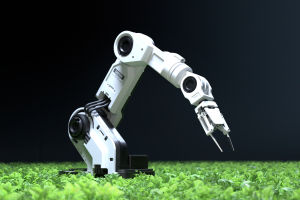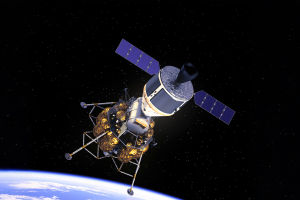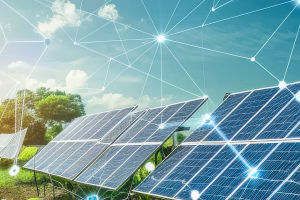
Agriculture is a sector that continues to evolve and faces various challenges, including the increasing global population and climate change.
To tackle these challenges, robotics technology has emerged as an innovative solution that enhances efficiency and productivity in agriculture.
This article will discuss the vital role of robotics in modern agriculture and how automation can be the key to improving agricultural output!
1. The Development of Robotics in Agriculture
As technology advances, robotics has found widespread applications in various sectors, including agriculture. Agricultural robots can now be used for various tasks, ranging from planting, fertilizing, pesticide spraying, to harvesting. This not only speeds up agricultural processes but also reduces reliance on human labor and minimizes environmental impact.
2. The Benefits of Automation in Agriculture
Implementing automation in agriculture is highly important. Here are some advantages of this system:
Operational Efficiency
Agricultural robots can work tirelessly and with high precision. They can carry out routine tasks without fatigue, ensuring that crops receive consistent care. As a result, operational efficiency increases significantly.
Reduced Dependence on Human Labor
Traditional agriculture often relies on human labor for physical tasks. With the advent of robotics, human workers can be allocated to tasks that require human intelligence, such as strategic planning, data analysis, and decision-making.
Environmental Impact Reduction
The use of agricultural robots can reduce the overuse of pesticides and fertilizers because they can administer precise amounts according to the needs of the plants. This helps in environmental conservation and supports the sustainability of long-term agriculture.
3. Applications of Robotics in Agriculture
Automated Planting
Planting robots can reduce planting time and ensure optimal plant spacing. They can also be equipped with sensors to detect soil quality and weather conditions that affect plant growth.
Agricultural Monitoring Systems
Robotics is also used for monitoring agricultural conditions. Drones and scout robots can provide aerial views, monitor crop development, detect pests, and deliver important information to farmers.
Automated Harvesting
Harvesting robots can identify plants that are ready for harvest and perform the task automatically. This helps address labor shortages in the agricultural sector.
4. Challenges in Implementing Robotics in Agriculture
Despite the benefits offered by robotics in agriculture, there are several important challenges to face. Here are some of the obstacles in the agricultural sector:
Implementation Costs
One of the major challenges is the high initial cost of adopting robotics technology in agriculture. While this investment can offer long-term returns, many farmers, especially in resource-limited areas, struggle to finance the required equipment and systems.
Integration with Existing Systems
Many farms still rely on traditional methods. Integrating robotics with existing agricultural systems is often complex and requires adjustments. This can create barriers for farmers who lack sufficient technological knowledge.
Technological Limitations in Some Areas
In certain regions, especially in developing countries, the availability of robotics technology may be limited. This can hinder the global adoption of this technology and lead to disparities in access to agricultural technology.
Training and Understanding
Understanding how to use and maintain robotic equipment is key to successful implementation. Sufficient training for farmers and agricultural workers on the use of this technology remains a significant challenge.
5. Opportunities in Implementing Robotics in Agriculture
Despite the challenges, there are opportunities in applying robotics in agriculture. Here are some opportunities that can be effectively leveraged:
Improving Productivity
The use of robotics in agriculture can enhance productivity by providing greater efficiency in carrying out agricultural tasks. Robots can work tirelessly and ensure that routine tasks are completed with high accuracy and consistency.
Reducing Dependence on Human Labor
Robotics enables a reduction in reliance on human workers for routine physical tasks. This allows human workers to focus on tasks that require creativity, judgment, and strategic decision-making.
Better Resource Management
The application of robotics can help in better resource management, such as more efficient use of water and fertilizers. This not only benefits farmers but also has a positive impact on the environment.
Innovation and Further Development
The challenges in implementing this technology drive innovation and further development. Research and development continue to push the boundaries of robotics, enhancing its functionality and effectiveness in agricultural contexts.
By utilizing robotics in agriculture, we can achieve more efficient, productive, and sustainable farming. Agricultural automation is not only about replacing human workers but also about enhancing their role in decision-making and strategic planning. With continued development and adoption of this technology, we can build a smarter and more resilient future for agriculture!
Future Farming: The Future Of Agriculture
Video by Around The Corner - Demystified


